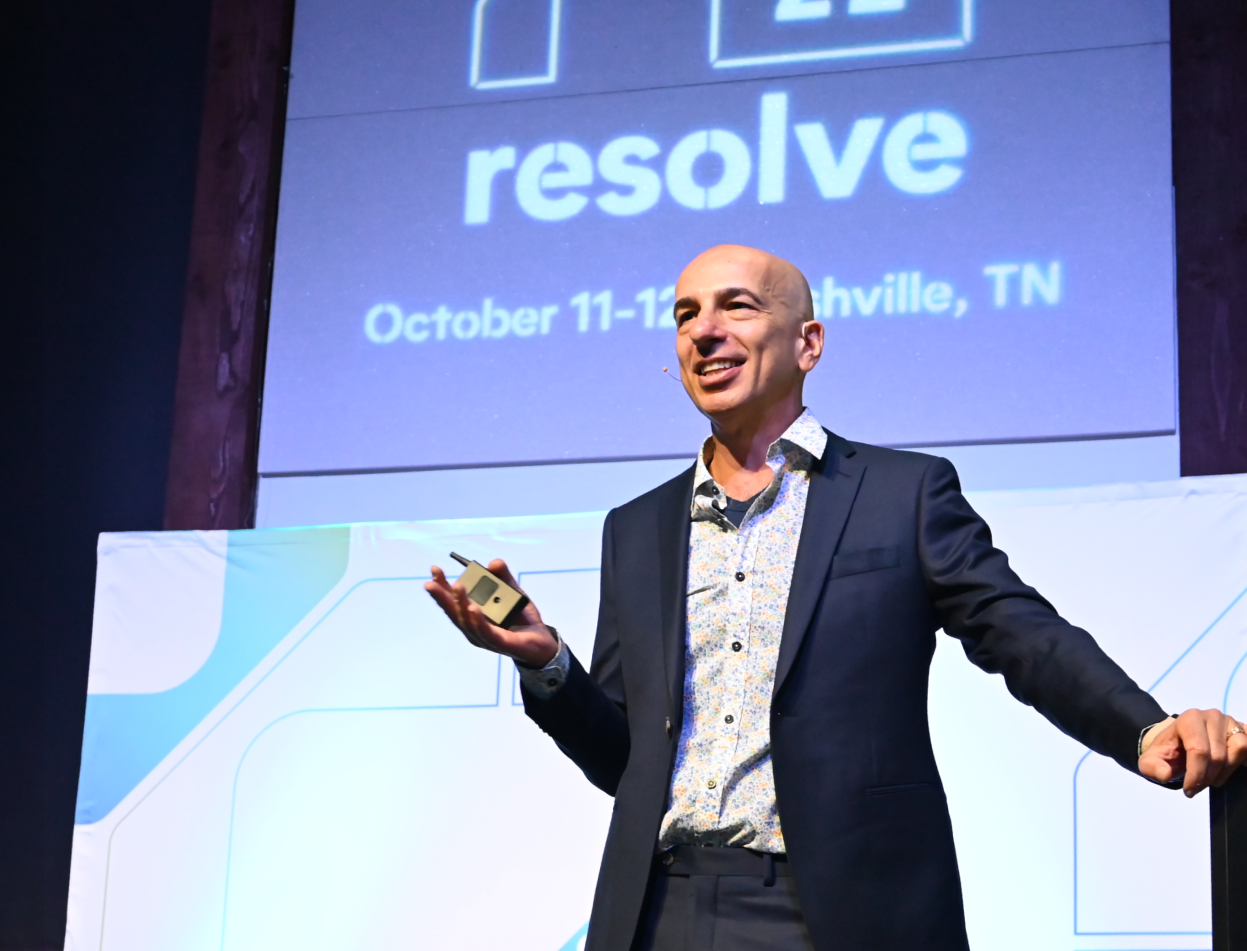Contact centers implement solutions like bots, intelligent virtual agents (IVAs), intelligent voice response (IVRs) and conversational AI to provide customers with an alternative to speaking with an agent. The intent of these solutions is to deliver faster resolutions in a way that feels natural and enjoyable for customers, while deflecting calls to lower contact center costs. But how many of us have interacted with IVRs with limited menu options or IVAs that only understand certain words and sentences, only to end up not getting our issue resolved and asking for an agent?
Enter conversational AI technology that enables voice conversations that make interactions between humans and machines feel more natural. Conversational AI is capable of authenticating callers, understanding multiple intents, and switching context, to achieve a natural flow of conversation — without feeling robotic to customers. It’s not limited to menu options or a few keyword phrases, and has the ability to successfully resolve up to 90% of Tier-1 issues — without escalating to an agent. Clearly, conversational AI has significant advantages; one reason is because it is based on non-linear conversational design.
It’s important to understand the differences between linear and non-linear conversational design to truly understand the impact of what it means to integrate conversational AI into your contact center.
What is linear conversational design?
Linear conversational design uses a question and answer model and is unable to stray away from the main subject of the conversation.
Before AI matured to where it is today, contact centers were limited to conversational AI solutions that use linear conversational design. This involves a pre-programmed path for how a conversation might go. For example, virtual personal assistants like Apple’s Siri, Amazon Alexa and Google Home use linear conversations to interact with users. You can ask these devices a question or give a direction, but you cannot switch the context or combine multiple contexts in the same interaction to achieve your goal, desired outcome, or solution. In simplest terms, linear conversations are capable of one question at a time that’s directive with one response at a time.
This may work for virtual personal assistants, but for customer service where customers are already dealing with an issue, linear conversations would only increase frustration. They would deduce customer’s issues to a few choices, prevent resolutions, and leave customers wishing they could talk to a human.
What is non-linear conversational design and why is it core to conversational AI?
Humans speak in non-linear patterns. We jump around, change our minds, and make mistakes. We ask one thing, then remember something else and ask about that. We think of things to add to a conversation while the conversation is happening. We also often have complex stories and situations to explain to customer service.
Human agents listen, understand, and can respond to a shifting, dynamic conversation because that’s how we communicate. So for customer service conversations to be truly conversational over the phone with a machine, they need to mimic this ability.
Non-linear conversations do just this and are central to the success of conversational AI, which uses natural language processing and multi-intent recognition to understand when a customer is switching topics or asking multiple questions.
It mimics the pattern of human communication and continually learns to be able to respond to broader and more versatile contexts.
For example:
Conversational AI: How can I help you today?
Customer: I need to change my address and check my savings balance.
Conversational AI: Sure. Your savings balance is four hundred and fifty two dollars. What is your new address?
Customer: Thanks. Can you transfer two hundred to my checking?
Conversational AI: I’d be happy to. Let me confirm you want it to go to the account ending in four three one, correct?
Customer: Yes, that’s right.
Conversational AI: Okay, the money has been transferred. What is your new address?
Customer: Oh, right. Forty-three Mountainview Lane.
Non-linear conversations feel natural and allow conversational AI solutions to truly meet customer needs and resolve issues on first touch. They also help improve containment rates, as conversational AI solutions, such as Replicant, can resolve up to 90% of Tier-1 issues without having to route to an agent.
For a virtual solution to truly improve customer experience, it must be non-linear and be able to deliver a contextual, flowing conversation that feels like talking to a human.






